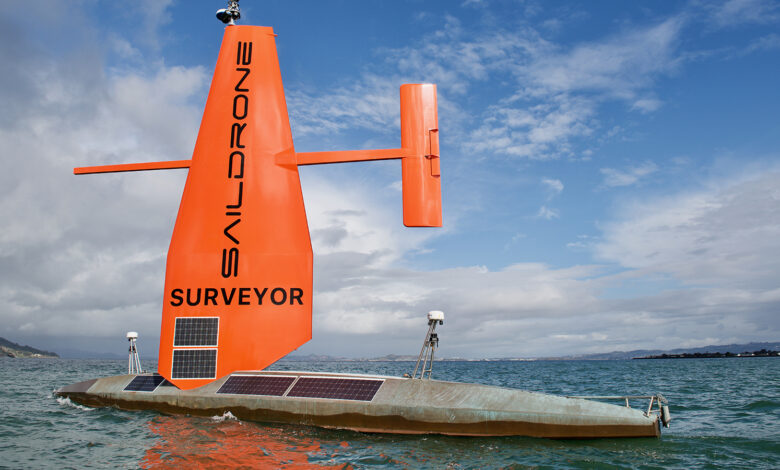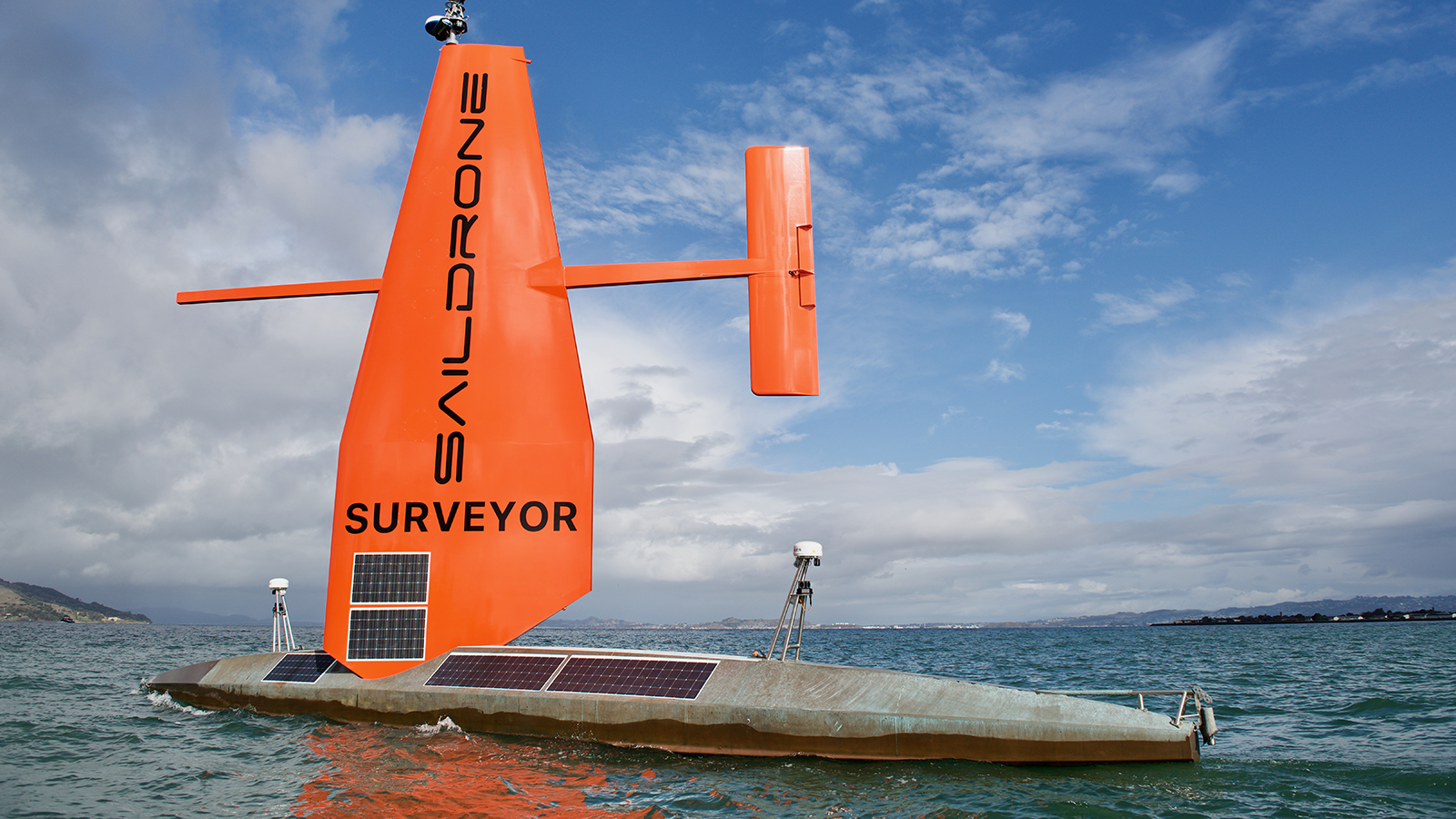Drone discovers weird underwater volcano off California

After surveying 45,000 square kilometers of once mysterious ocean floor around Alaska’s Aleutian Islands, the un-crewed sailing drone Surveyor moved far to the south, discovering a previously unknown seamount within 200 miles (322 km) of the NorCal coast.
The safety-orange sailing ship is no stranger to adventure; it gathered carbon data from the Gulf Stream, mapped the seafloor from San Francisco to Hawaii, and weathered the 120-mph (193-kph) winds and 50-foot (15-m) waves of Hurricane Sam.
The seamount is the slumbering remains of an undersea volcano; these watery mountains were once considered little more than navigational hazards for submarines until scientists uncovered the richness of the sea life they support, NOAA explains.
Studying them not only helps us understand current marine life, but also the physical processes of the ocean, Saildrone said in a release. The seamount was found 184 nautical miles from Cape Mendocino, the Sacramento Bee reported, and it towers 3,200 feet (975 m) above the seafloor, with about 1,200 feet (366 m) of Pacific between its crowning crater and the surface.
That means it stands outside of the usual area for California seamounts, expanding their known range, NOAA Ocean Exploration Cooperative Institute manager Aurora Elmore told SFGATE.

And, Elmore noted, that crater rests atop an unusual shape. “Typically seamounts have sloped sides, like Mount Fuji,” she said. “But what’s interesting about this one is that it’s really steep. It rises from the bottom of the seafloor with a tower shape.”
The Saildrone team’s first impression was that it looked like an enormous Bundt cake, lead surveyor Neah Baechler told the Bee: “One side of the top rim is higher than the other, forming a gradual summit… The top is slightly bulbous, due to variability in slope.”
Baechler told SFGATE that a Bundt shape isn’t unusual per se, but the sheer size of it is, with most similarly-shaped features not rising to the heights required of a seamount.
Elmore theorized that the unusual shape may be because the seamount — which has yet to be named — was formed in volcanic activity that was super hot and super quick, or it could have developed its steep sides by a piling on of marine snow that sharpened the slopes.
Or, as Elmore put it: “Millennia of fish poop.”
This article was originally published by our sister site, Freethink.




